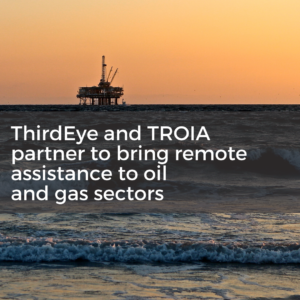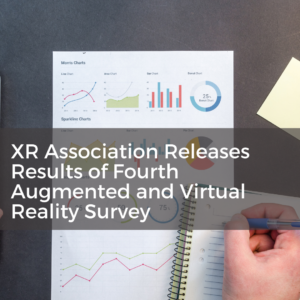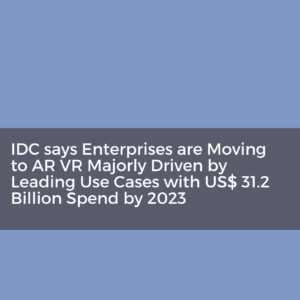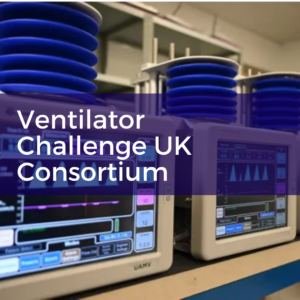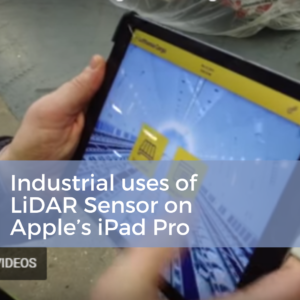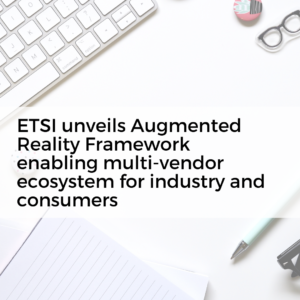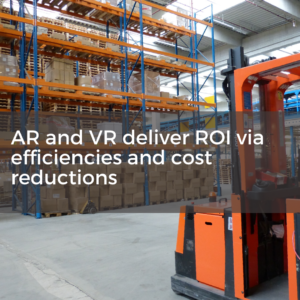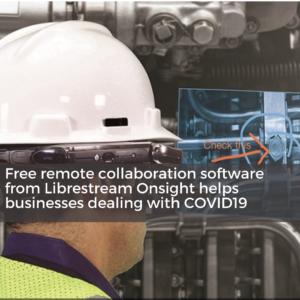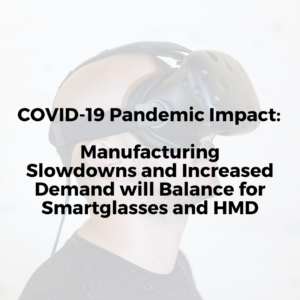Why AR and VR usage is expected to grow in 2020
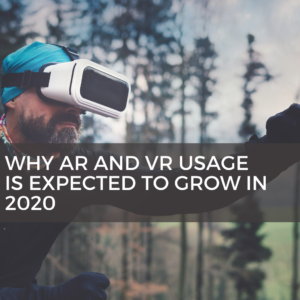
According to the Worldwide Quarterly Augmented and Virtual Reality Headset Tracker, while the market for these products is likely to decline by 10.5% in the first quarter of this year followed by a further decline of 24.1% as a result of supply chain disruptions created by the current global situation, there will be a rebound later in the year with growth of 23% globally in the market, up by nearly 24% on last year.
For any vendor in any of the workplace technology sectors these figures would be welcome. But AR and VR are the new darlings of remote workers and are pushed by the combined forces of the consumer and the enterprise market. “Much of the supply chain for AR and VR headsets is shared with smartphones and PCs and many of these products are facing supply constraints as factories are operating at much lower capacity resulting in component shortages,” said Jitesh Ubrani research manager of IDC mobile device trackers.
“However, the spread of the virus is having the opposite effect on demand as an increasing number of consumers and employees stay indoors and look to AR and VR solutions for ways to collaborate with colleagues and entertain themselves and their families.” He added that interest in VR within the enterprise continues to grow as more companies use the technology to drive a wide range of training initiatives.
Connecting Real and Physical
There is a number of interesting aspects to this report, not least of which is the fact that late last year Gartner predicted that by 2022, 70% of enterprises will be experimenting with immersive technologies for consumer and enterprise use, and 25% will have deployed them to production. “Digital transformation in the workplace is edging towards an inflection point as enterprises are incorporating immersive solutions that connect the real world with the virtual world,” Maria Pardee, Tysons, Va.-based DXC Technology senior vice president and general manager for workplace and mobility said in a statement “We’re re using the power of AR, VR and MR to align the next-generation digital capabilities employees want so they can be more mobile and independent, with the critical security, production prowess and agility that today’s businesses demand.”
Globally, and again according to Gartner, through 2028, conversational platforms, which change how users interact with the world, and technologies such as augmented reality (AR), mixed reality (MR) and virtual reality (VR), will lead to a new immersive experience. AR, MR(Mixed Reality) and VR show potential for increased productivity, with the next generation of VR able to sense shapes and track a user’s position and MR enabling people to view and interact with their world.
Eventually, the technology and thinking will shift to a point where the experience will connect people with hundreds of edge devices ranging from computers to cars.
AR/VR Proof of Concept
Vaclav Vincalek is a partner with Canada-based Future Infinitive. He told us that IDC’s predictions are no great surprise in that we are most of the way towards developing enterprise AR/VR proof of concept. “We’ve seen Google Glass (its rise and fall) and the coming of newer, better, cheaper products that aim to do similar things. VR is of course already gaining ground in gaming, but also in the entertainment sector and in high-tech training programs by the armed forces, aviation companies” he said.
What is happening now is more and better commercialization. The critical part will come with B2B rather than B2C for the VR segment. “You can easily imagine energy and resource extraction companies and mining firms investing millions in this technology, to make their operations more efficient and profitable” he said.
As an example, he points out that VR/AR products are a perfect fit for a college providing training for technical roles. Imagine you’re learning how to fix engines. How many engines could they bring into the workshop, if you needed to learn more engines to understand the differences between them? Suddenly, you have access to 100 engines and an infinite simulator.
He points to the fact that there is a global shift where workers are moving from working in offices to working from home. However, for many field service jobs, this model is challenging as the job requires an expert to be physically present at a site – so there is a bit of a distance barrier to overcome.
AR and VR solutions is the answer to these logistics challenges as it allows professionals whose job is to be there in person, such as field inspectors, technicians, production line managers and medical specialists, to conduct their jobs remotely without compromising accuracy, effectiveness or productivity.
Mobile WebAR
There are other developments too that will help the situation. The global market of WebAR-compatible devices is approaching three billion and as standards continue to improve, mobile WebAR is set to become a key delivery platform for immersive experiences in the coming months and years, said Caspar Thykier, CEO and co-founder of Portland, Wash.-based Zappar.
He says this will be fueled by smaller businesses who don’t have the budget to maintain an app and large CPG brands who have no need for one. However, it’s worth noting that while WebAR is a promising technology, some content is still best served through native apps — think loyalty apps for retailers, fan apps for sports or gaming apps. Most importantly, together both technologies will drive more mainstream adoption of AR.
AR, VR and 5G
Behind all this is 5G and how it will affect a vast number of industries. AR is no exception. What has many excited is 5G’s ability to remove AR’s reliance on a strong WiFi signal, allowing for greater flexibility in use case and environment. “In 2020, we can expect 5G to super-charge AR campaigns designed for use in live and outdoor environments, such as conferences, concerts, and sports games — spaces where reliable Wi-Fi connection is currently a luxury. These activations would be greatly improved by the power and speed of 5G, while allowing designers to further push the boundaries of their creativity,” he said.
He also predicts that the media world will begin to wake up to the power of AR as a programmatic ad format for greater engagement and interaction. We’ll also begin to see the creation of a whole new outdoor AR landscape for advertising, governed by new rules of permission and usage. In other words, as with every year, there are going to be more instances of people having that light bulb moment for how AR can work for them.
AR and VR solutions are slowly progressing from buzzwords to having legitimate use cases, but seamlessly blending digital experiences and physical retail in a realistic manner can be a complicated, Joe Rohrlich, CRO at Austin-based Bazaarvoice told us recently.
At this point, the retail industry doesn’t appear to be fully ready for widespread AR integration, and with brands and consumers not seeing them as critical to the shopping industry, it could remain this way for the foreseeable future. However, while much of the retail industry may not yet be ready for AR and VR, it’s clear that even having these conversations is showing brands’ commitment to innovation and providing unique experiences for modern consumers.
